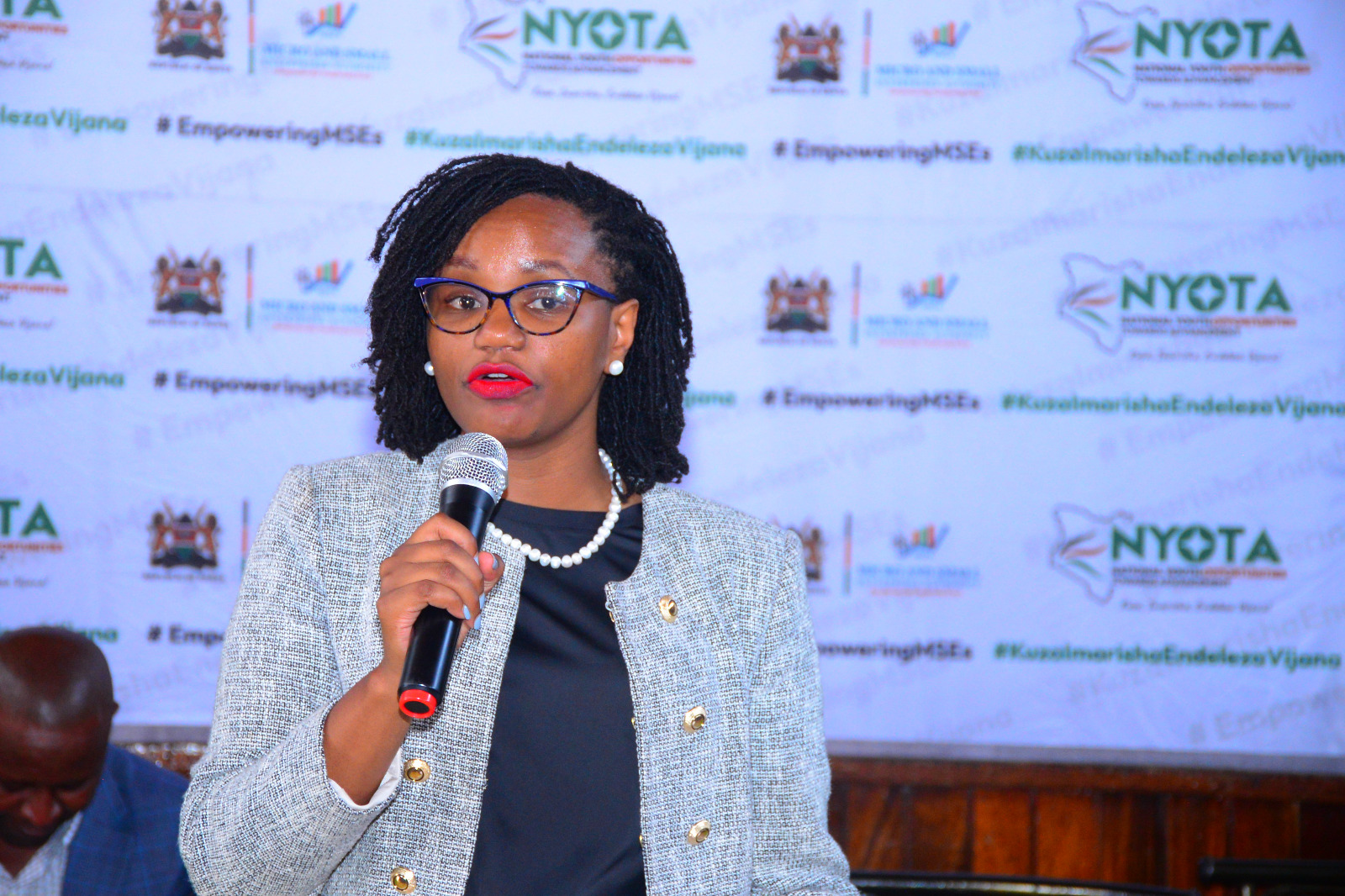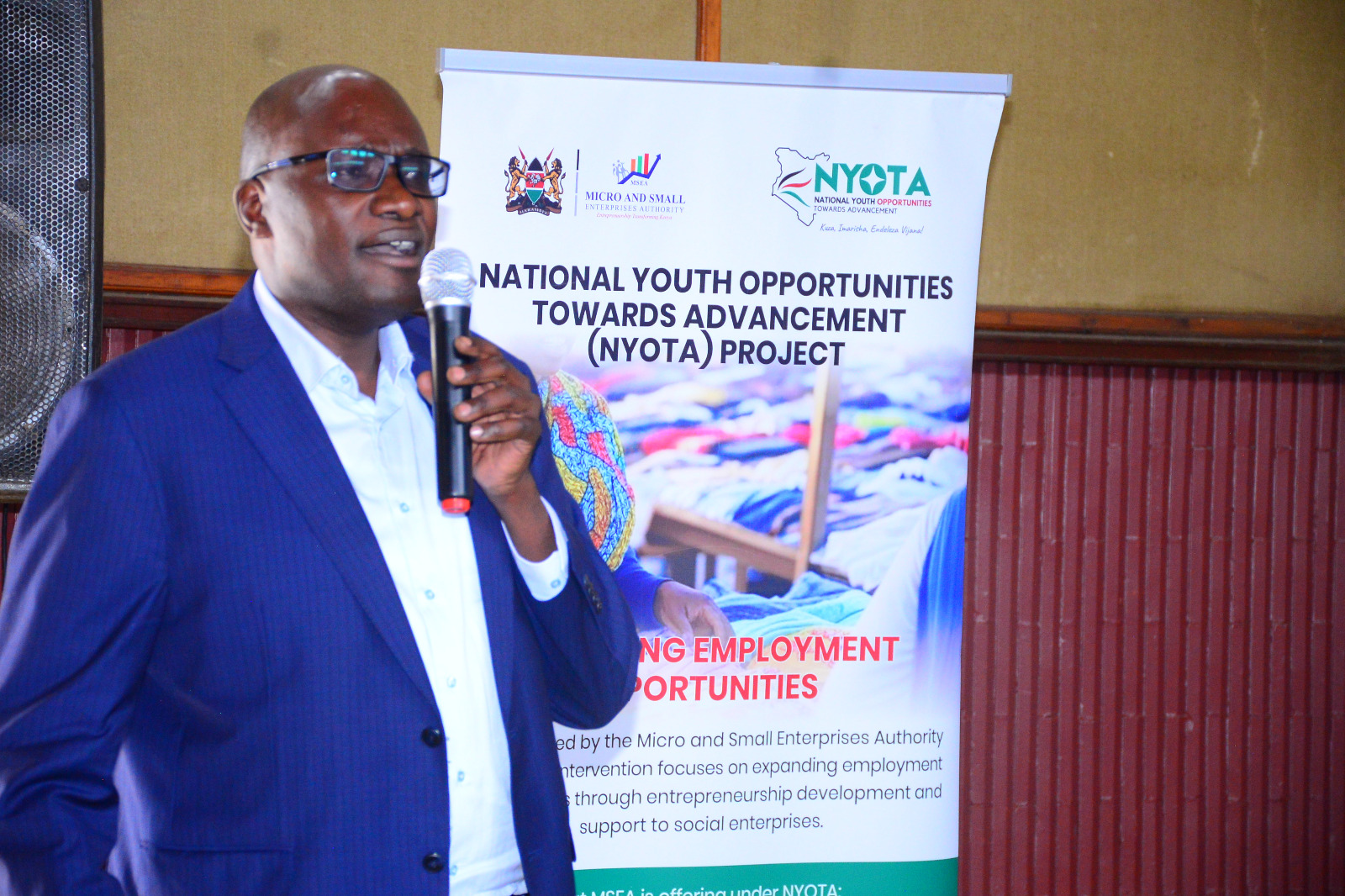Kenya’s cooperative banking sector, a cornerstone of financial inclusion for millions, is grappling with a deepening liquidity crisis, according to the Sacco Societies Regulatory Authority (SASRA) 2024 Supervision Report, released recently by Cabinet Secretary for Cooperatives and MSMEs Wycliffe Oparanya.
The report has exposes a staggering Ksh3.49 billion in unpaid salary deductions owed to 85 regulated SACCOs by public universities, county governments, and other employers as of December 2024—a 20 percent surge from 2023.
This bottleneck, affecting roughly 55,000 workers, threatens to cripple lending and erode confidence in a sector managing trillions in assets and serving 6.84 million members.
The remittance crisis, driven by bureaucratic delays in public institutions, is choking SACCOs’ ability to provide loans, a lifeline for farmers, small businesses, and families. “This isn’t just about numbers—it’s about Kenyans denied home loans, traders stalled on working capital, and farmers missing planting seasons,” Oparanya warned at the report’s launch in Nairobi.
The Ksh3.49 billion shortfall, up Ksh600 million from last year, has forced many SACCOs to ration credit, with some reporting loan approval delays stretching beyond three months.
ALSO READ:
This liquidity squeeze comes at a precarious time, as Kenya’s economy battles inflation and recovery costs from recent floods, pushing non-performing loans to 8.2 percent, a red flag for the sector’s stability.
Amid these challenges, SASRA is doubling down on restoring member trust through a revamped complaints resolution system.
The 2024 report highlights a tech-driven overhaul, including digital dashboards and streamlined arbitration, cutting grievance resolution times from 90 to less than 45 days.
Over 12,000 disputes were resolved in 2024—a 35 percent increase from 2023—with a 92 percent satisfaction rate. “Trust is the bedrock of SACCOs,” said SASRA Acting Chief Executive Officer David A. Sandagi.
“We’ve empowered members to be heard, but without fixing the remittance crisis, even the best systems can’t stop the bleeding.” The reforms aim to shore up confidence in a sector where membership grew 6.57 percent to 6.84 million, yet still reaches only 30 percent of Kenya’s adult workforce—lagging behind global cooperative benchmarks like WOCCU nations at 40 percent.
ALSO READ:
Bomet trains vets ahead of countywide foot and mouth vaccination drive
Oparanya tied the sector’s role to the Bottom-Up Economic Transformation Agenda, calling SACCOs “pivotal to Vision 2030.”
He announced plans to escalate enforcement, including blacklisting delinquent employers and collaborating with the Ethics and Anti-Corruption Commission for audits.
Analysts also note that while digital tools help, rural SACCOs with limited tech access remain underserved, risking a two-tier system.
With Kenya’s 2030 goals looming, the SACCO sector’s resilience is under scrutiny. SASRA’s push for quicker grievance resolution is a step toward rebuilding trust, but the Ksh3.49 billion remittance crisis looms large.
If regulators and public institutions fail to act, the sector risks alienating the very members it serves. For now, SASRA’s reforms offer hope, but without tackling the root causes, Kenya’s cooperative dream could unravel, leaving millions in financial limbo.
By David Kipkorir
Get more stories from our website: Sacco Review.
For comments and clarifications, write to: Saccoreview@
Kindly follow us via our social media pages on Facebook: Sacco Review Newspaper for timely updates
Stay ahead of the pack! Grab the latest Sacco Review newspaper!



